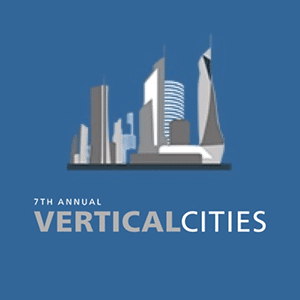

Windtech’s Principal and Director, Tony Rofail, will present at the 7th Annual Vertical Cities conference, broaching on the topic of “Outsmarting the Wind,” where he will present cost effective strategies to enhance the aerodynamic performance of tall buildings. The presentation will draw on Tony’s depth of experience in research and industry specific expertise having headed Windtech Consultants for over 25 years.
Tony will be covering the following topics:
• The effect of different wind climates on shape optimisation strategies
• When it is feasible to modify dynamic properties to enhance aerodynamic performance for tall buildings.
• Cost effective strategies for auxiliary damping for tall buildings.
These topics are designed to aid in the accomplishment of one of the conferences goals: overcoming the challenges in developing vertically integrated supertall buildings.
The conference invites industry experts from around the world and will be taking place between the 7-9th of March in Bangkok. Tony would be happy to meet at this event to discuss ways Windtech can help overcome challenges for your current and future projects. Alternatively you may contact Tony via email via the hyperlink below.
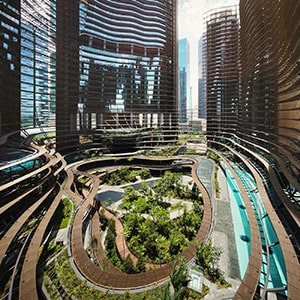
Windtech is delighted to have contributed to both finalists from Singapore: Marina One and Oasia Downtown Hotel. These projects are nominated for the Best Tall Building in Asia & Australasia. In addition, Oasia Downtown Hotel is nominated for the Urban Habitat Award.
Windtech supported Singapore’s Marina One project (pictured above) from the early design stages providing advice with regards to the pedestrian wind environment, design wind load effect on the link bridges and the structural frame, including the effect of load transfer between the linked substructures for the residential components. Windtech also modelled the façade cladding pressures. Windtech helped provide solutions to overcome the challenges for a project with large open public spaces between the towers.
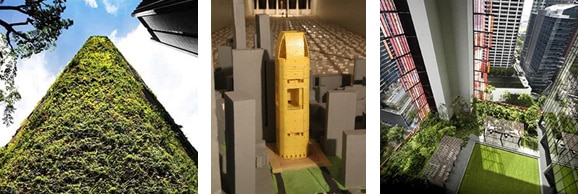
Oasia Downtown Hotel in Singapore (pictured above) was nominated for both the Best Tall Building (Asia and Australasia) as well as the Urban Habitat Award. The unique permeable façade incorporates live plants to create a living tower. Windtech were thrilled to be associated with the façade pressure studies in order to facilitate good design on such an innovative project as well as overcoming the challenge of delivering suitable wind conditions for the elevated terraces without impacting the architectural intent.
Windtech have been surpassing expectations with increased demand due to our tailored approach for each project and our robust analysis of wind effects across the globe. Let us demonstrate how we can assist in supporting good design outcomes for your next project. Email us at reception@windtechglobal.com or call us at any of our offices.

 Tony Rofail, a director of Windtech Consultants, presented a talk on the issue of development controls for wind environment impacts at the 10th International Urban Design Conference held last week at the Surfers Paradise Marriott, Gold Coast, Australia.
Tony Rofail, a director of Windtech Consultants, presented a talk on the issue of development controls for wind environment impacts at the 10th International Urban Design Conference held last week at the Surfers Paradise Marriott, Gold Coast, Australia.
Tony’s key message was the need to adopt appropriate and well defined wind speed criteria based on the type of outdoor activity. A proposal was presented with regards to the trigger for a wind tunnel study – that would be a function of both exposure and building height. A proposal was also put forward for the study area, as a function of the relationship between the height, width and depth of the building envelope.
 Tony’s presentation highlighted the importance of allowing flexibility in the building massing but at the same time encouraging positive features for wind comfort and gave examples of the two extremes where no controls have been in place with regards to wind as well as the effect of too much control over building massing and setbacks.
Tony’s presentation highlighted the importance of allowing flexibility in the building massing but at the same time encouraging positive features for wind comfort and gave examples of the two extremes where no controls have been in place with regards to wind as well as the effect of too much control over building massing and setbacks.
Windtech Consultants have an unrivaled understanding of the level of comfort expected from both the occupants and the general public with regards to wind impacts and the most effective and efficient methods of mitigation.
Windtech have wide experience for both new developments and remedial studies. If you would like to discuss a current project please send your query to reception@windtechglobal.com.
You may download Tony’s presentation from the following link: 10th International Urban Design Conference.
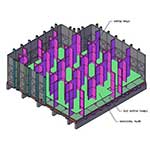
Windtech Consultants has recently overcome a number of design constraints in order to design a liquid damper tank that maximises occupant comfort during high wind events across a broad range of frequencies with less sensitivity to tuning. The bespoke damper design was commissioned for The Independent development which will be one of the tallest all concrete residential towers in Austin, Texas when completed in 2018.
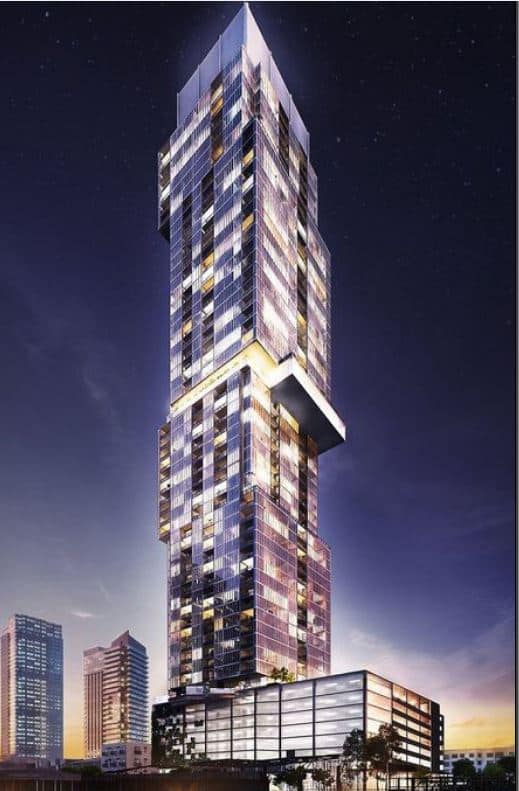
Tight dimensional constraints and the request to utilise a single tank led to Windtech Consultants having to look closely at the basic physics of how damping is generated to explore innovative ideas for a new type of liquid damper. The result was a semi-tuned liquid damper that, when tuned, can provide up to 2% additional damping to the structure but can also provide 0.9% damping at a tuning ratio of 0.8. This is a robust and low-maintenance design performs effectively over a broad range of frequencies.
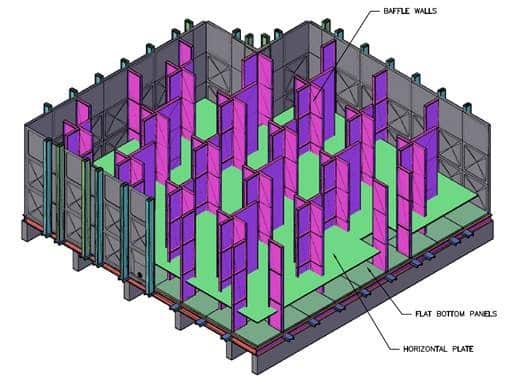
A unique feature of this damper design is that it can work with the basic overall dimensions of a fire hydrant tank located at the top of the building. This innovative design enables the liquid damper to work in a similar way to a dashpot, using an intermediate platform that engages the lower compartment. The damper performance can be optimised by adjusting the height of the platform within the tank.
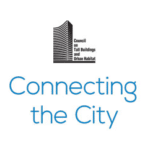
Session 6H:
“Ground Plane Environmental Considerations”
31 Oct 2017
11:15 AM – 12:45 PM
Associate Director, Windtech Consultants
“Prediction and Mitigation of the Solar Reflectivity Impacts of Tall Buildings”
Register for the Conference Now!
See this presentation and more: Sydney, Melbourne & Brisbane · 30 Oct–3 Nov 2017